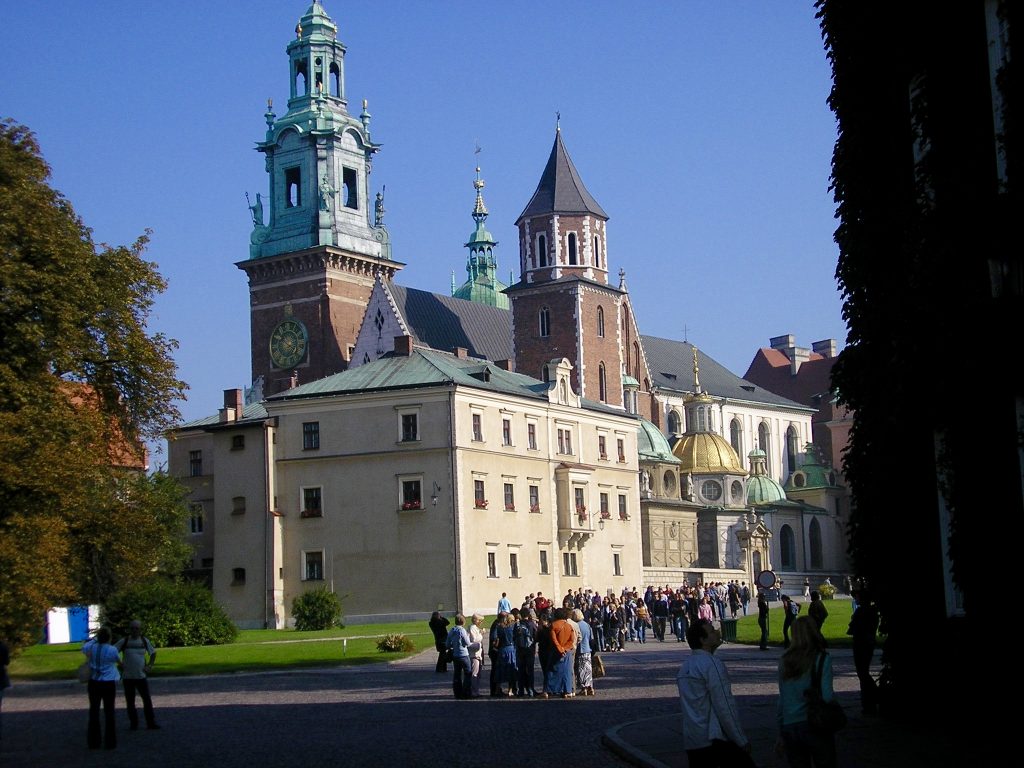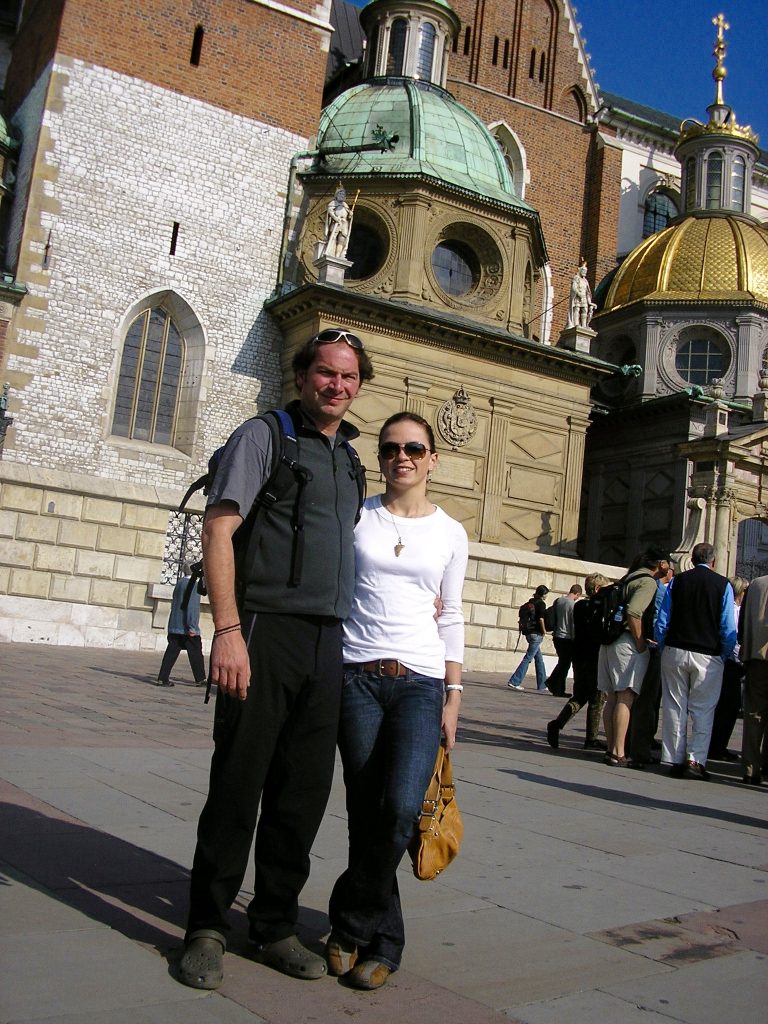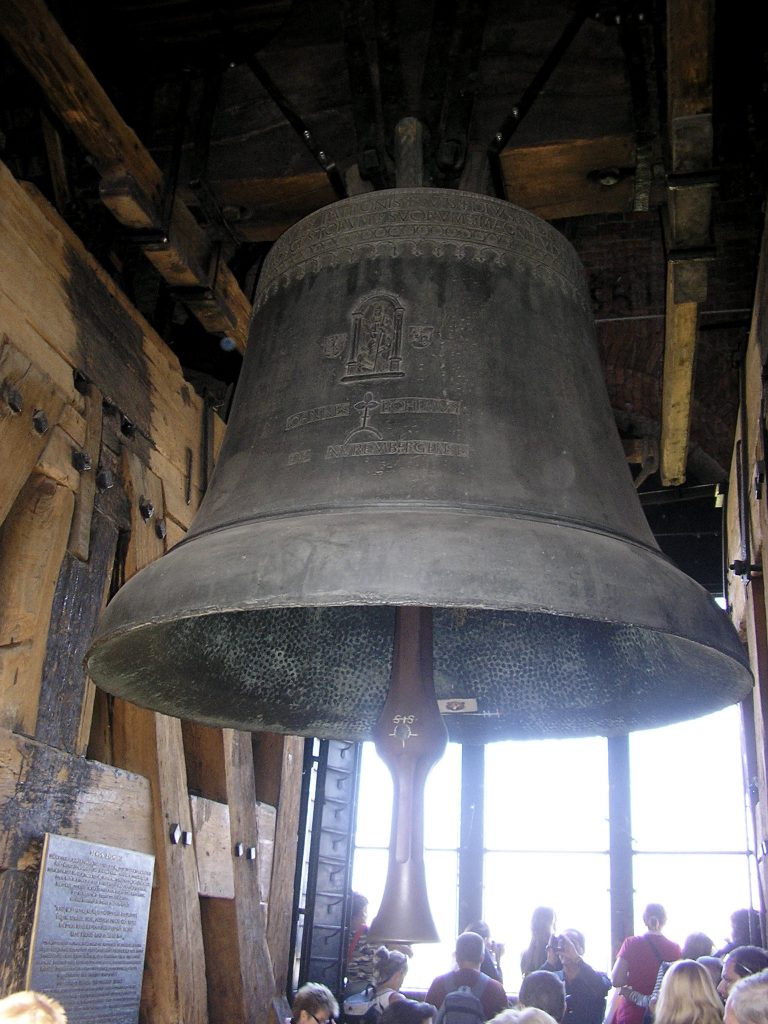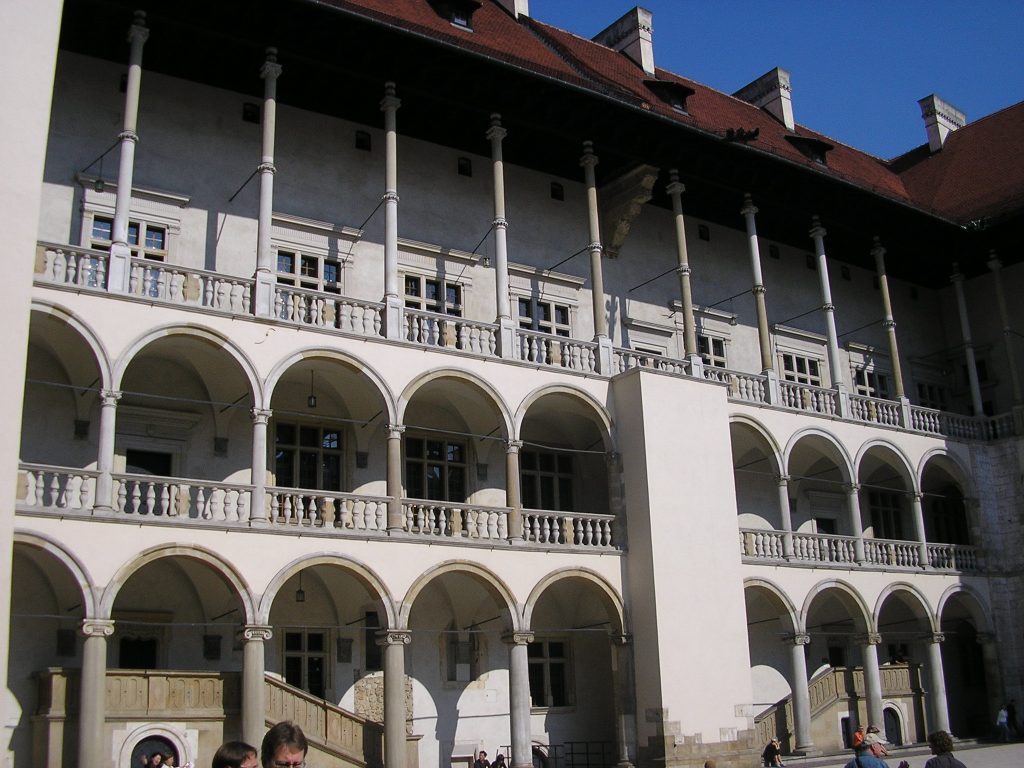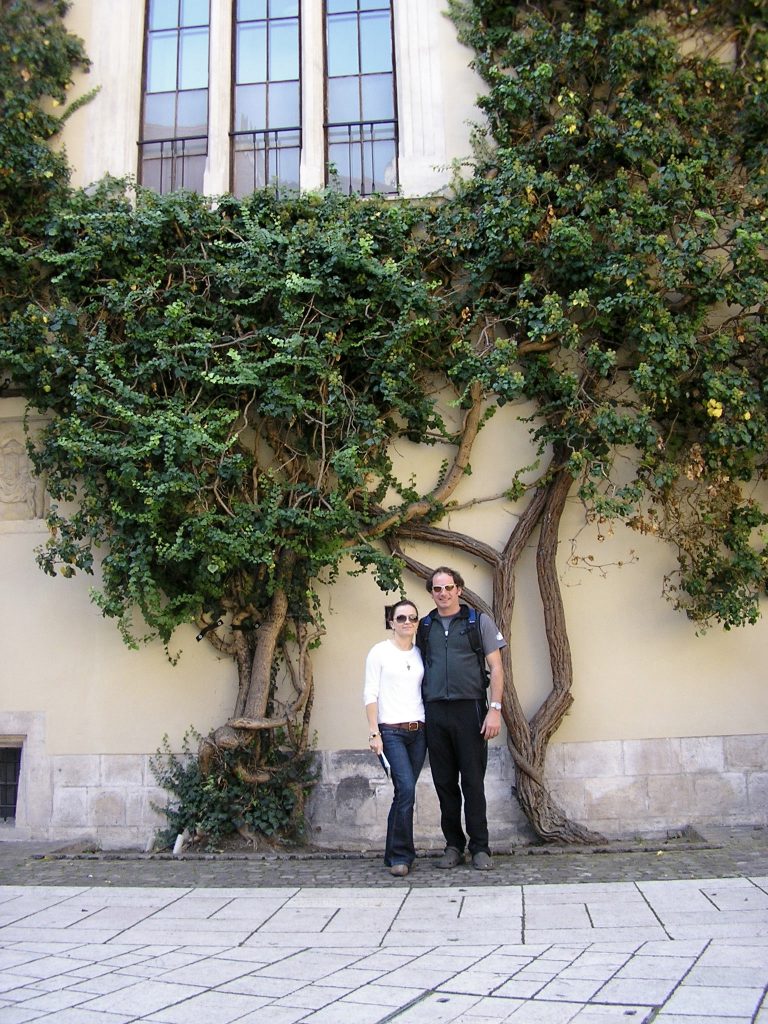The wonderful Wawel castle Posted by Kasia on Nov 18, 2017 in Culture, Places to visit
I bet most of you who visited Poland,had a chance to visit Kraków. Wawel is a limestone hill in the center of Kraków upon the Vistula River with a complex of impressive historical monuments of unique historical and artistic values. This extraordinary sanctuary determines the Poles’ identity, is their national and cultural symbol. Wawel used to be the seat of Polish rulers, their necropolis and place where the Polish history took shape.
The Wawel Royal Castle proved to be a paragon of stately residence in Central and Eastern Europe and served widely as a model throughout the region. Its magnificent arcaded courtyard of great dimensions and immaculate proportions formed the ideal setting for tournaments and various court events. They were watched by royalty, courtiers and guests from the galleries which otherwise served as the main communications between rooms.
The Wawel Royal Castle has its “piano nobile” – i.e. the state apartments – on the top, third floor rather than the second like Italian palaces. The castle’s second floor contained private apartments of the royal family, whereas the court officials worked and lived downstairs. Visitors can see many exquisite interiors of the Royal Castle complete with beautiful period furniture and
Today Wawel Hill is a monument of the national past, a historical residence comprised of several museum exhibitions located in the palace building and the old royal kitchens. The Cathedral Museum is a separate unit presenting items related to the history of the chapter, historical examples of gold smithery and weaving, paintings and sculptures. Definitely worth visiting!

Build vocabulary, practice pronunciation, and more with Transparent Language Online. Available anytime, anywhere, on any device.



